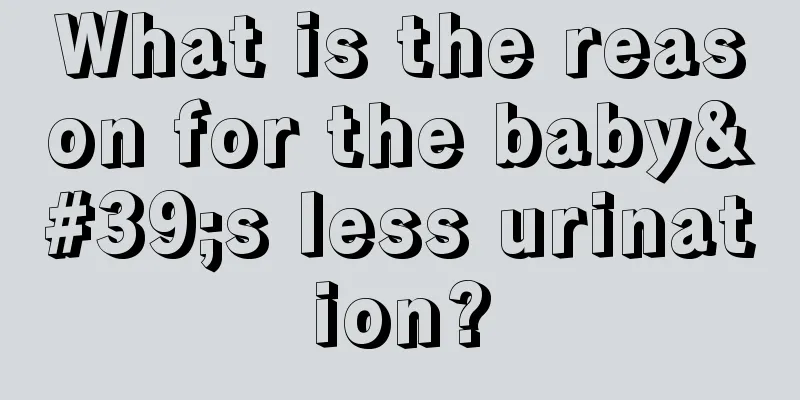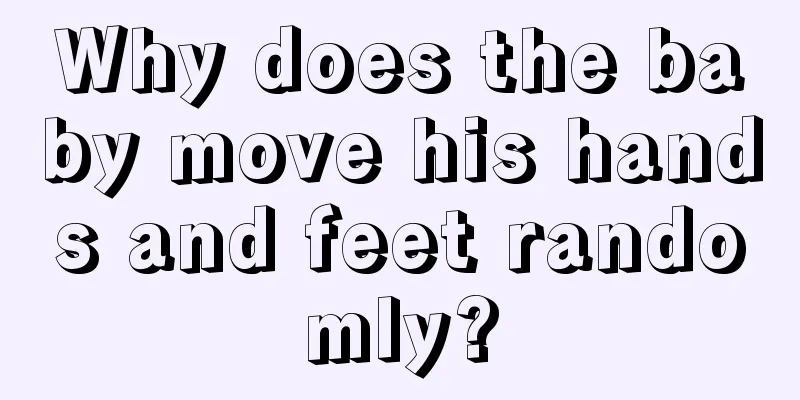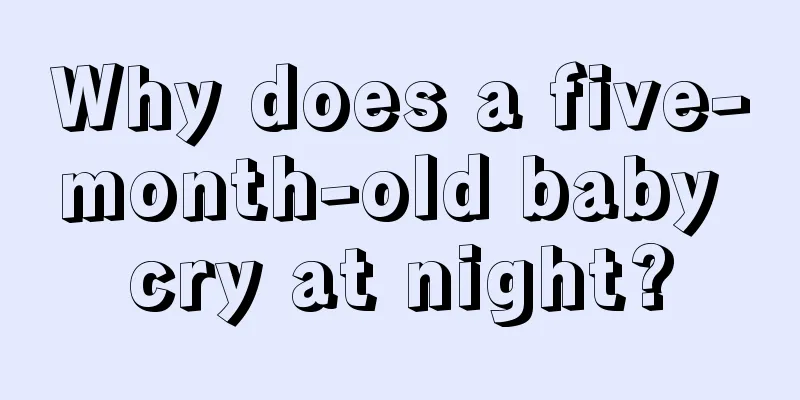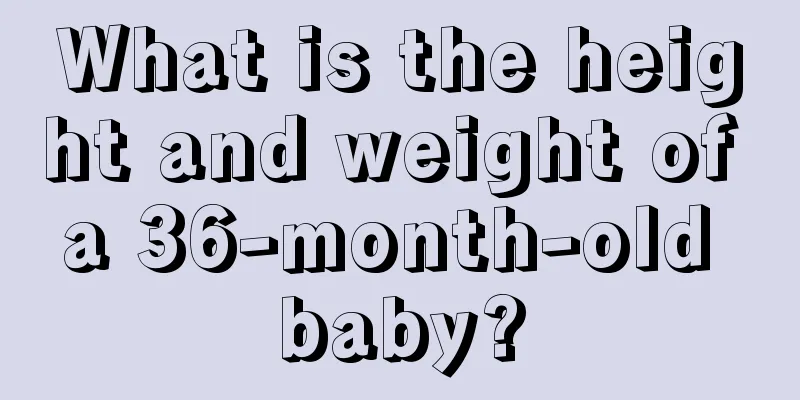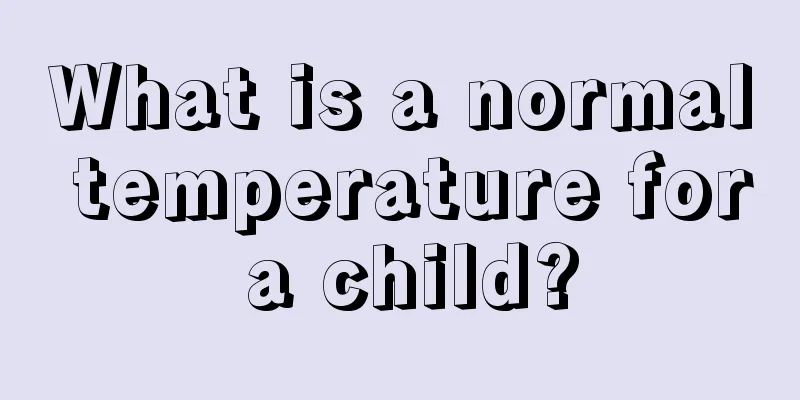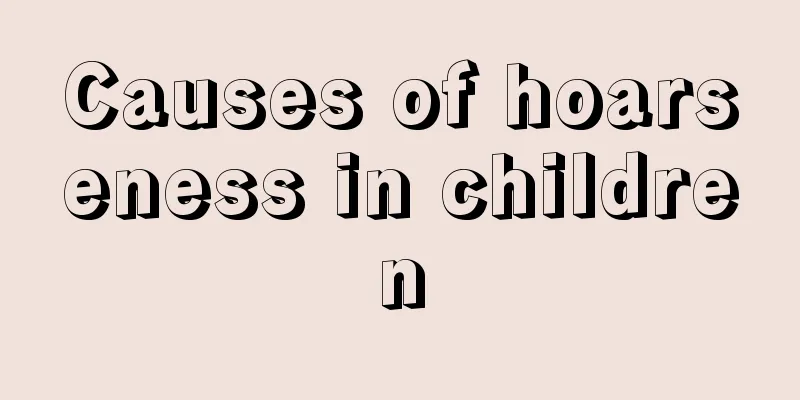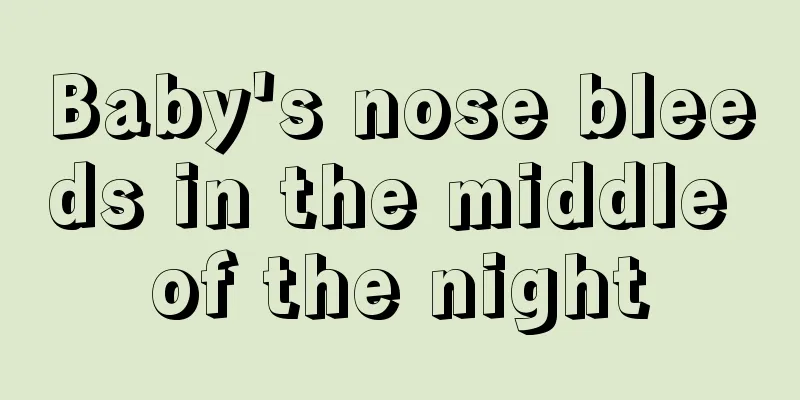Young children cannot distinguish between wind-cold and wind-heat
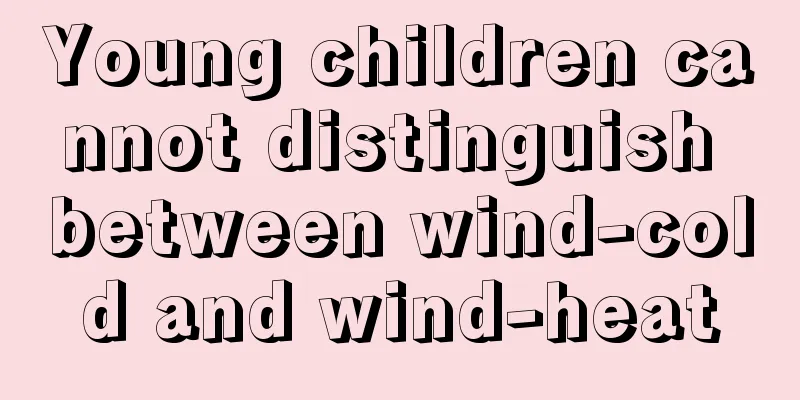
|
Generally speaking, wind-cold colds mostly occur in autumn and winter. When they occur, the runny nose is clear and there is basically no phlegm when coughing. The biggest characteristic of wind-cold colds is fear of cold, and the body always feels cold. The wind-heat colds mostly occur in summer. Here is a detailed introduction to the differences between wind-cold colds and wind-heat colds:
1Seasonal aspect. Generally speaking, in autumn and winter, most children's colds are caused by wind-cold, that is, they are attacked by wind-cold, so they should be treated as wind-cold colds during this period; in summer, they are generally more likely to be wind-heat colds, that is, exogenous wind-heat. 2. Nasal aspect. When children catch a cold, they usually have a runny nose. If the runny nose is clear, it usually means that it is a cold caused by wind and cold; if the runny nose is thick and a little yellow, it means that it is a cold caused by wind and heat. Please note that sometimes, the nasal discharge may be clear at first and then turn into yellow, which indicates that the child has inflammation.
Generally, colds and coughs will cause phlegm. If the child's phlegm is thin and white, it means it is a cold caused by wind and cold; if the cough is accompanied by thick phlegm that is yellow and thick, it means it is most likely caused by a cold caused by wind and heat. Many children do not know how to spit. Parents should let their children try to learn to spit more often. It will be much better after spitting out. 4. Do you have a sore throat? Generally speaking, a cold caused by wind and cold will not cause sore throat, just a dry cough, but no redness or swelling. If the throat is more sore, with redness and swelling, and pain when swallowing, it means it is a cold caused by wind and heat. 5. Do you have dry mouth? If your mouth is not dry when you have a cold, it means you have a cold caused by wind and cold; if your mouth is dry and your child always wants to drink water and feels thirsty, it means you have a cold caused by wind and heat.
Generally speaking, people with wind-cold colds will feel more chilled and have a higher body temperature, while people with wind-heat colds will not feel as chilled or may not feel cold at all. But children may not show any signs of this, so you should pay more attention to whether they are shivering. 7. Are you sweating? Generally speaking, children with wind-cold colds do not sweat and do not sweat easily; while children with wind-heat colds often sweat profusely. This can easily distinguish between wind-cold and wind-heat colds. |
<<: Should the baby take anti-inflammatory medicine if his throat is red?
>>: What to do if your baby's tear glands are blocked
Recommend
What should I do if my child has a hoarse voice?
If a child has a hoarse voice, it is probably cau...
What to do if your 10-month-old baby has iron deficiency anemia?
There are too many cases of children suffering fr...
What should I do if my child has long sweat hair?
In life, most children will have long sweat hair....
How to check baby allergies
Because the chance of allergies will increase gre...
Why does my baby's knees make a crackling sound when he moves them?
People need to pay attention to the baby's jo...
What to do if your child often has a cold and cough
It is said that children are the fruit of their p...
Small blisters on the lower lip of a child
The blisters on the lower lip of a child may be c...
Does your baby have swollen eyes when he wakes up?
Every morning when we wake up, we will find that ...
What should I do if my baby always has eye mucus?
Babies have very weak constitutions, so they are ...
What are the treatments for obsessive-compulsive disorder in adolescents?
Nowadays, many young people are more and more lik...
What foods can children eat to grow taller
Whether a child grows taller or not has a lot to ...
Children with low white blood cell count and recurrent fever
Children's constitution is relatively weak, s...
What can children drink to help them grow taller?
As the academic pressure on children in modern so...
Is 37.1 degrees normal for a newborn?
We all know that the temperature is different whe...
Is it normal for a newborn baby to have greenish yellow stool?
Is it normal for a newborn baby's stool to be...
